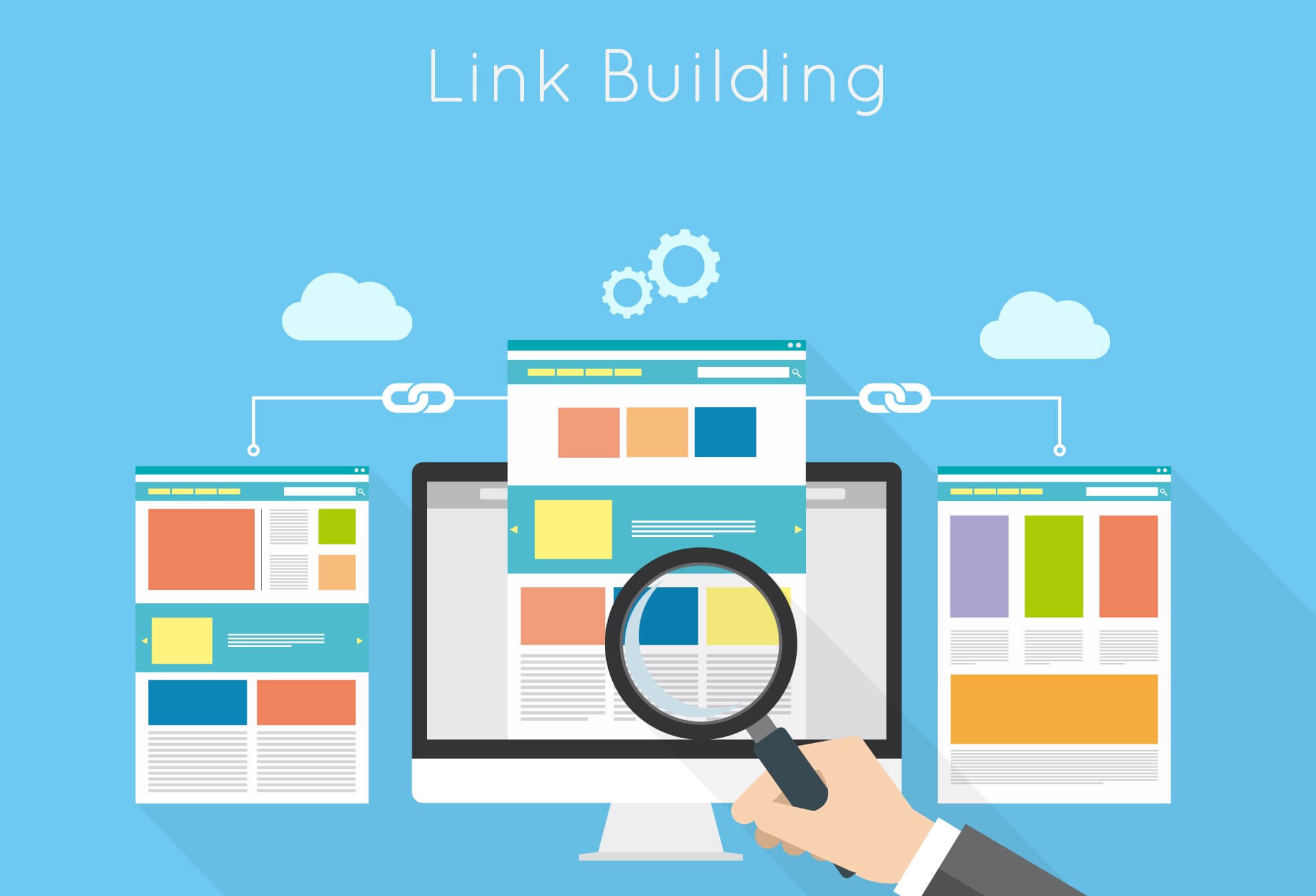Backlinks are an essential part of any successful SEO strategy. However, the key to improving your search rankings lies not just in acquiring backlinks, but in building high-quality backlinks that truly make an impact. A high-quality backlink is a vote of confidence from one website to another, signaling to search engines that your site is authoritative and trustworthy.
We’ll explore the five main features of building high-quality backlinks, explaining why each feature matters and how you can apply them to improve your SEO efforts.
Why Are High-Quality Backlinks Important?
Before diving into the specific features of building high-quality backlinks, it’s important to understand why they’re critical for your website’s success:
- Improve Search Rankings: High-quality backlinks help boost your site’s position on search engines like Google.
- Increase Website Authority: The more quality links you have from reputable sites, the more authoritative your site becomes.
- Drive Organic Traffic: Backlinks from relevant sources bring targeted visitors to your site, increasing your chances of conversions.
“The foundation of a strong website starts with high-quality backlinks!”
The 5 Main Features of Building High-Quality Backlinks
When building high-quality backlinks, not all links are created equal. Here are the five main features you need to consider:
Relevance
One of the most important features of a high-quality backlink is relevance. Backlinks from websites relevant to your industry, niche, or topic carry more weight and provide greater SEO benefits. Search engines like Google prioritize backlinks that come from related content because they help establish the credibility of your site.
- Industry-related links: Get backlinks from sites within your industry.
- Topical relevance: Ensure the content linking to you covers a similar topic or keyword.
- Natural context: The link should fit naturally within the content.
For example, if you run a fitness blog, backlinks from health or wellness websites will have more value than links from unrelated sites.
Authority of the Linking Site
The authority of the website linking back to you is a critical factor. Backlinks from authoritative websites signal to search engines that your site is trustworthy and valuable. Sites with high domain authority (DA) or page authority (PA) can transfer some of their credibility to your site, giving it a ranking boost.
- Domain Authority (DA): Websites with a higher DA score offer more valuable backlinks.
- Trusted sources: Links from well-known brands, news outlets, or educational institutions carry more weight.
- Established sites: Older, well-established websites are often more authoritative than newer sites.
“Authority is earned, and backlinks from trusted sites will elevate your rankings!”
Anchor Text Optimization
Anchor text refers to the clickable words in a hyperlink. The anchor text used in a backlink can significantly influence your search rankings. It should be relevant to the page it’s linking to and ideally include target keywords. However, it’s important to avoid over-optimization, as search engines can penalize sites for spammy anchor text practices.
- Relevant keywords: Use keywords related to your content in the anchor text.
- Natural language: Anchor text should read naturally within the context of the article.
- Avoid over-optimization: Too many exact-match anchor texts can trigger penalties from search engines.
For example, if your page is about “SEO tips” a backlink with anchor text like “effective SEO strategies” is more useful than a generic “click here.“
Dofollow vs Nofollow Links
Another key feature of building high-quality backlinks is understanding the difference between dofollow and nofollow links. While both types of links have value, do follow links pass SEO authority (or “link juice”) to your site, directly influencing your search rankings. Nofollow links, on the other hand, don’t pass authority but still offer other benefits, such as referral traffic.
- Dofollow links: These links pass SEO value and directly influence rankings.
- Nofollow links: While they don’t pass authority, they can still drive traffic and increase brand awareness.
- Balanced link profile: A healthy mix of dofollow and nofollow links creates a more natural backlink profile.
“Dofollow for rankings, and nofollow for exposure both help build a stronger backlink strategy!”
Editorial Placement
High-quality backlinks are typically placed editorially, meaning they are included within the content because they add value, not because they are paid for or forced. Editorial links occur naturally when other websites find your content useful and link to it as a resource. These are the most powerful types of backlinks.
- Organic placement: Links should be naturally integrated into the content.
- User-focused: Editorial links should add value for the reader, not just for SEO.
- Avoid paid links: While tempting, paid links can result in penalties from search engines if not done properly.
For example, a backlink from a high-quality blog post that references your research is an editorial link, and it’s seen as highly valuable by search engines.
Comparison Table: Do’s and Don’ts of Building High-Quality Backlinks
| Feature | Do’s | Don’ts |
|---|---|---|
| Relevance | Seek backlinks from industry-relevant sites | Don’t pursue links from unrelated niches or topics |
| Authority | Focus on acquiring links from high-authority websites | Avoid links from spammy or low-authority domains |
| Anchor Text Optimization | Use natural, keyword-related anchor text | Don’t over-optimize with exact-match keywords |
| Dofollow vs Nofollow | Aim for a balance of do-follow and no-follow links | Don’t rely solely on nofollow links |
| Editorial Placement | Focus on organic, editorially-placed links | Avoid purchasing backlinks in bulk or from low-quality sites |
Conclusion:
Building high-quality backlinks is one of the most effective ways to improve your website’s authority, visibility, and rankings in search engines. By focusing on the five key features relevance, authority, anchor text optimization, dofollow vs nofollow links, and editorial placement you can ensure your backlinks provide maximum SEO value.
Remember, quality always beats quantity when it comes to backlinks. Invest time and effort into securing high-quality backlinks that genuinely enhance your site’s reputation and drive traffic.
FAQs
How many backlinks do I need to improve my search rankings?
It’s not about the number of backlinks but rather the quality. A few high-quality backlinks from authoritative, relevant sites can be more valuable than dozens of low-quality links.
Are nofollow backlinks useless?
No, nofollow backlinks can still drive traffic to your site and help with brand awareness. While they don’t pass SEO authority, they are part of a healthy backlink profile.
How can I get high-quality backlinks for my website?
Focus on creating valuable content that others want to reference, engage in guest blogging on reputable sites, and network with industry influencers to earn natural backlinks.

